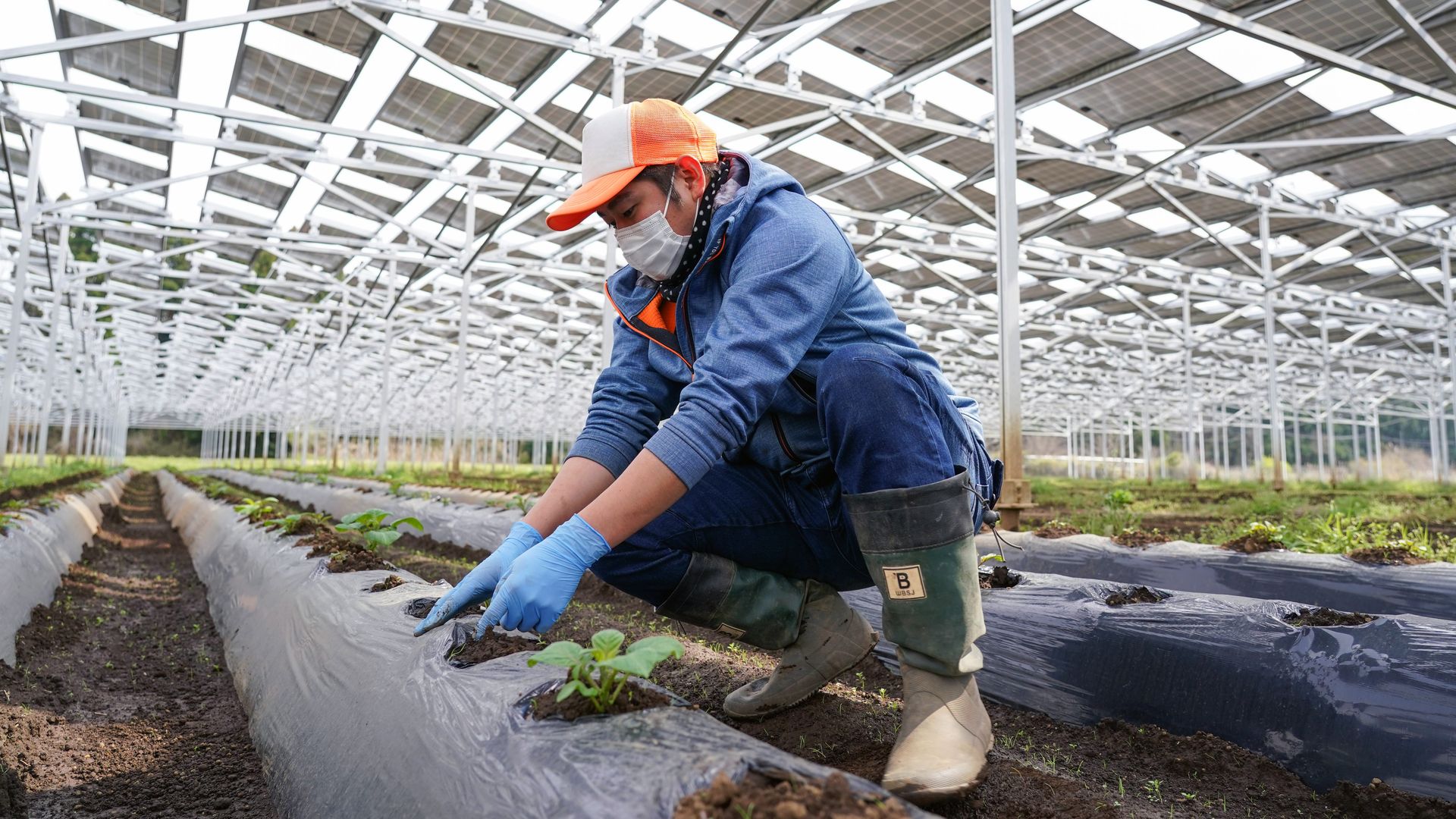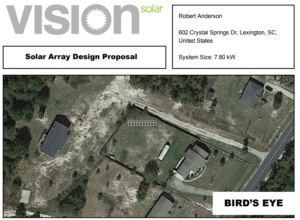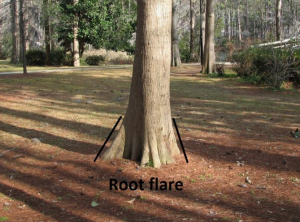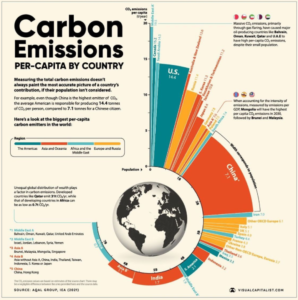
Farmers and researchers are experimenting with installing solar panels over active agricultural land in an emerging field called agrivoltaics.
Why it matters: As the world seeks to wean itself off fossil fuels, solar power will indisputably be part of the post-carbon energy mix.
- Yet there’s only so much land that can be effectively converted to single-use solar production, so dual-use projects like agrivoltaics are getting a closer look.
- For farmers — many of whom are facing an uncertain future as the climate changes — the hope is that “farming” for solar power can be an additional money-maker.
How it works: Solar panels installed over farmers’ crops generate electricity that can then be sold to an energy supplier and fed into the power grid for community use.
- Crops that thrive in the shade — think leafy greens like kale and lettuce, or root vegetables like radish and beets — are protected from harsh direct sunlight.
- Plants, meanwhile, naturally give off water vapor that can help cool solar panels from below, improving their efficiency.
State of play: U.S. agrivoltaic pilot programs are afoot in:
- Rockport, Maine, where University of Maine researchers are studying the impact of solar panels installed over 11 acres of blueberry farmland.
- Grafton, Massachusetts, where farmers are working with University of Massachusetts academics to figure out which crops perform best under solar panels’ shade.
- And Longmont, Colorado, home to Jack’s Solar Garden, which considers itself the country’s largest commercially active site for agrivoltaics research.
Be smart: Farms’ fundamental purpose has always been converting the sun’s rays into energy. That energy has historically taken the form of calories — but agrivoltaics makes it possible for farmers to diversify their energy output, says Chad Higgins, an associate professor at Oregon State University’s College of Agricultural Sciences.
- “Do they want to create electrons in the form of electricity? Or do they want to create calories in the form of food, or a mixture of both? What’s the most profitable for them? What’s best for them, given their available other resources?”
Yes, but: Some farmers are skeptical, mostly due to practical concerns. It can be hard to drive a tractor in and around a bunch of solar panels, for instance.
- The upfront cost of installing lots of solar panels can be prohibitive — although some states, like Massachusetts, are experimenting with financial incentives.
- That’s trickier than it might sound — if producing solar power becomes dramatically more profitable than growing crops, and lots of farmers switch mostly or fully to solar, food shortages could follow.
- Whether it makes sense for a farm to add solar also depends on whether there’s an electric substation nearby. The further a substation, the more energy is lost in transmission — meaning it won’t be economical to sell power into the grid.
What’s next: As researchers and early adopters figure out the best crops, tools and techniques to use — and more state, local and national governments support agrivoltaic efforts — expect to see lots more solar panels over the world’s farmland in the coming years.


